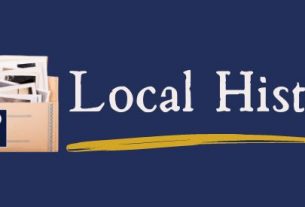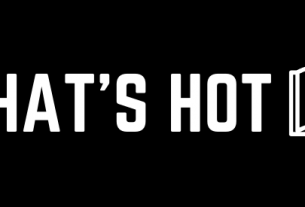 Time is the most commonly used noun in the English language. We discuss and contemplate the flow of time, lack of time, too much time on our hands, being late, being too early, borrowed time, alternate universes, and time travel.
Time is the most commonly used noun in the English language. We discuss and contemplate the flow of time, lack of time, too much time on our hands, being late, being too early, borrowed time, alternate universes, and time travel.
The transition from one year to the next is a natural juncture at which to contemplate the flow of time; we review how we spent our time during the past year or so and plan or dream of how we wish to make use of our time in the new year. Along with other resolutions, many people resolve to take control of their time through more organized schedules, reducing time wasters, and increasing the efficiency of their daily routines.
Time management is a subgenre of the self-help and professional development titles. Want to be more productive? As a list maker, I hope to refine my list-making habit with Listful Thinking: Using Lists to Be More Productive, Successful and Less Stressed by Paula Rizzo (available through CDPL’s Hoopla Digital). Losing time down a social media black hole? Try Catherine Price’s How to Break Up with Your Phone (616.85 Pri). A friend introduced me to dot journaling, her way of organizing her time and energy. The library carries the book, Dot Journaling–a Practical Guide, by Rachel Wilkerson Miller (650.11 Mil).
If you are interested in the devices that help us to mark time, the library has titles that explore the history and identification of time pieces, including The Encyclopedia of American Clocks by Robert W. Swedberg (681.113 Swe). If you have a mechanical inclination, D. W. Fletcher’s Watch Repairing as a Hobby: An Essential Guide for Non-professionals (681.113 Fle) could introduce you to a new pastime.
While time appears to move faster the older I grow, this past year seemed to have a curious elasticity so that weeks and months felt like seconds and centuries all at once. Curious about the perception of time, I found several well-reviewed titles on the topic: Daniel Pink’s When: The Scientific Secrets of Perfect Timing (153.7 Pin); Time Warped: Unlocking the Mysteries of Time Perception, by Claudia Hammond (153.753 Ham); Marc Wittmann’s Felt Time: The Psychology of How We Perceive Time (153.7 Wit); Why Time Flies: A Mostly Scientific Investigation, by Alan Burdick (529.2 Bur); and Carlo Rovelli’s The Order of Time (530.11 Rov).
Some fiction authors play with the concept of time either within the narrative or through character time travel, books such as Cloud Atlas, by David Mitchell (FIC Mit); Joseph Heller’s Catch-22 (FIC Hel); and All the Birds, Singing, by Evie Wyld (FIC Wyl).
Time travel is quite popular in the science fiction and romance fiction genres; classic examples include the Outlander series by Diana Gabaldon (FIC Gal); The Time Traveler’s Wife, by Audrey Niffenegger (FIC Nif); and The Time Machine, by H. G. Wells (FIC Wel).
Some children’s book series use time travel to take the protagonists on fun historical adventures, including the Magic Tree House series, by Mary Pope Osborne (j FIC Osb); Time Warp Trio series, by Jon Scieszka (j FIC Sci); and Dan Gutman’s Flashback Four series (j FIC Gut).
Whether you wish to manage your time differently, explore time’s mysteries, or sink into a time travel story, the library will have your back in next to no time.
Time to check-out some items? You may place holds by logging into your library account at www.cdpl.lib.in.us or calling us at (765)362-2242, ext. 1. Finally, don’t forget to register for our Winter Reading Program – it runs until January 30th and it is open for participants of all ages.
Theresa Tyner is the Director of Crawfordsville District Public Library


